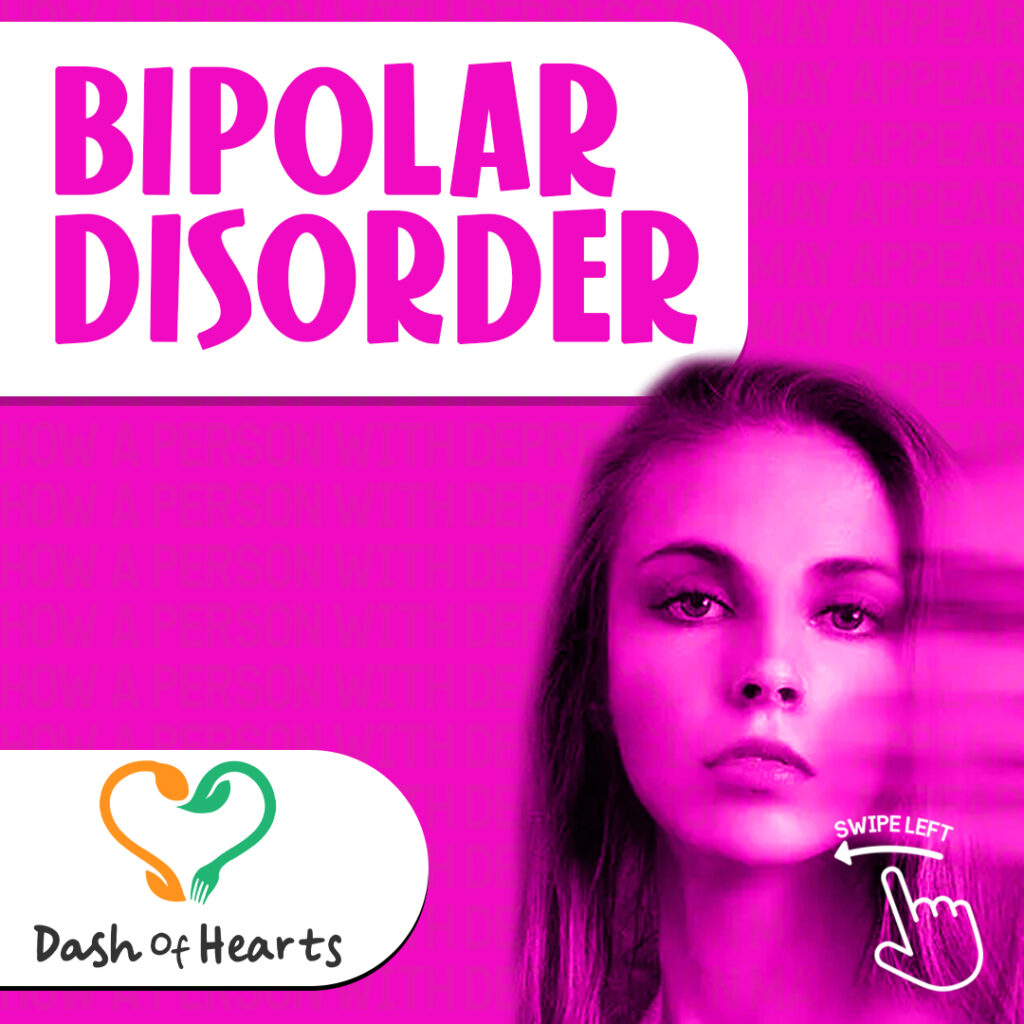Imagine waking up one day and seeing a close loved one bursting with unusual energy and displaced creativity, saying they feel on top of the world, only to find them plummeting into a deep hole of despair the next. This is a reality for millions of people who live with someone who has bipolar disorder, which is a severe mental health condition that affects approximately 2.8% of adults in the United States alone (1). Yet, why is it socially okay to exclaim someone is “acting bipolar” when they might become irritable or simply express their frustration publicly?
“Sheesh, can’t make a joke these days or the mental health police will come after you…blah blah blah,” said a man (more than likely) embarrassed for being called insensitive towards the affected community.
Umm, no, that’s a waste of good policing time. Instead, I hope someone just punches you in the throat so you choke on your own words. Shocked I said that?!?! Well, in my best Cilla Black voice, “Surprise…SuRPriSeee!”
Alright, alright, enough jokes. No, I do not condone violence, but people have gotten away from fearing the consequences of their actions. So, back to the matter at hand. Using mental illness labels towards a person because they are not behaving in the way most pleasurable to you is genuinely beneath you as an adult. Call them out on the business they are standing on. Do they lack forethought in their actions or behaviors, leaving a mess behind for you to clean up? Selfish. Is their spontaneity more like irresponsibility and lack of good judgment? Yes, it is unreliable. Do they continue to say one thing but, of course, do another? That’s right, good ol’ fashioned untrustworthy. These will hit just as hard, if not worse when articulated from a clear-thinking mind. However, the 2.8% of adults I spoke of earlier who show these traits cannot help themselves, and that conversation doesn’t happen enough.

Bipolar disorder (formerly called manic-depressive illness or manic depression) is a mental illness that causes unusual shifts in a person’s mood, energy, activity levels, and concentration (2) is the definition as stated on the NIMH website. The comprehension of this is clear. The tricky part about understanding this definition is how it visually appears. That is why my rule of thumb is, “Never diagnose. Observe and heed the warning signs you see and feel.”
You cannot diagnose unless you have the credentials to do so. Yet, that doesn’t stop someone from using “psychology talk” in their everyday vocabulary. But not us! All we aim to do is equip ourselves with basic knowledge to say either, “I need to talk to somebody” or “You need to talk to somebody” to have an evaluation when enough situations occur that don’t make sense or feel right.
“Never diagnose. Observe and heed the warning signs you see and feel.”
There are known types and unspecified types of bipolar disorder, which makes classifying somebody on a whim IMPOSSIBLE. Also, using the typical signs, symptoms, or age ranges can become confusing because each symptom, on its own, doesn’t seem “too bad” or life-altering. Again, another reason why so many needed diagnoses go undetected is that people will overlook these behaviors as poor decision-making or socially intolerable and leave them to be filed with the other difficult people to work with. Often, the person may not feel that anything is wrong, which is why recognizing changes in behavior without judgment is helpful when you can. However, what would need to be present for this particular disorder is mania (manic syndrome) and major depressive disorder, hence the prefix “bi-.” The mania lasts for a week or longer per episode. It includes symptoms that are severe enough to cause noticeable difficulty in day-to-day activities, such as work, school, social activities, and relationships.

Examples of what the manic symptoms can look like vs the depressive symptoms:
- Abnormal upbeat mood or wired
- Increased energy and agitation
- Exaggerated confidence
- Decreased need for sleep
- Poor judgment – irrational shopping, risky investments beyond a person’s means
- Hopelessness or empty feeling
- No interest or pleasure in activities
- Fatigue and loss of energy
- Insomnia or oversleeping
- Significant weight loss or weight gain
Ultimately, the best way to look at these symptoms is that they become excessive and harm the person, which will be a noticeable change to those around them. They might even be losing track of time, and their actions go against their practical nature. At this point, as a friend or family member, you can check in with yourself to ask, “Are they being reckless, or is the behavior especially odd for them?” Using the bullet points above for reference, these would demonstrate truly odd behavior that is causing harm to their livelihood, and a more serious conversation will be needed. For now, the fact that you are interested in learning about the variations of mental health will be a true asset for you and your community, as knowledge in this department isn’t sought after as much as people refer to it. Continue building your references because the more you know, the less you will overwhelm yourself, thinking it’s a problem you alone should be able to fix or possibly give up soon.
